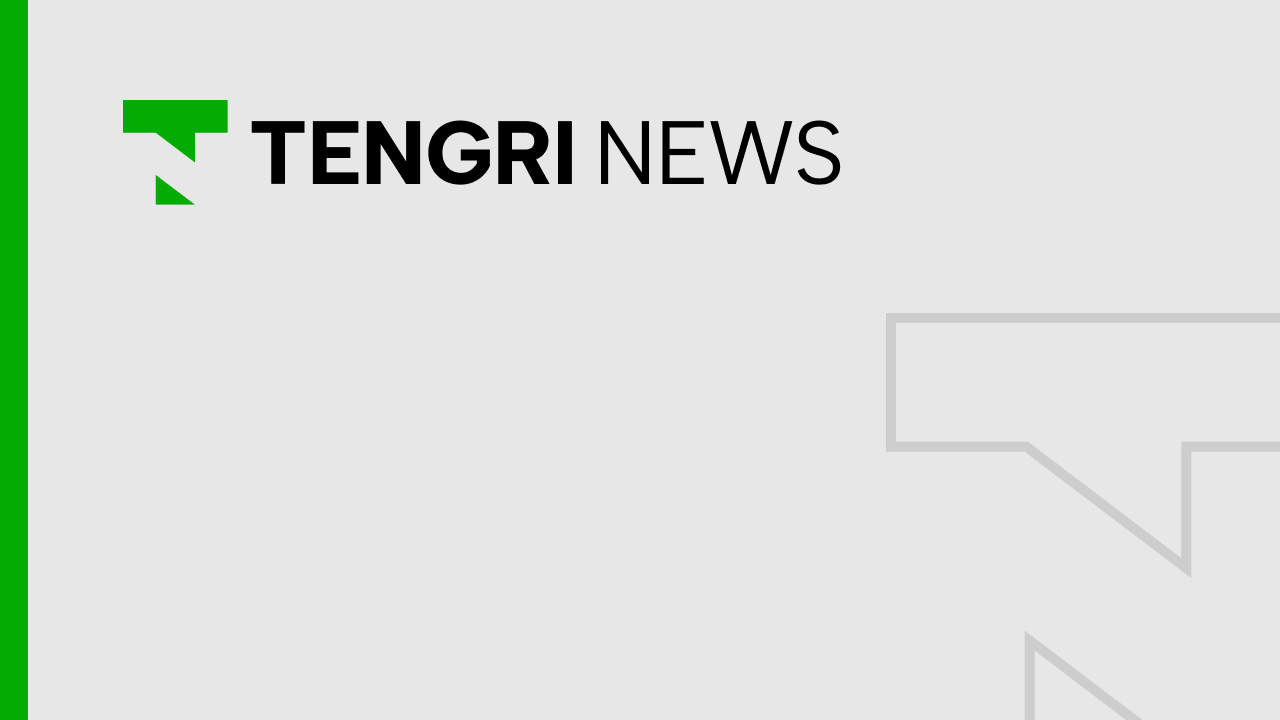

Details emerged Friday of the battery fix proposed by Boeing to get its stricken Dreamliners back in the air, as Japan's All Nippon Airways vowed it would stick with the next generation aircraft, AFP reports. An official at Japan's transport ministry said the company had proposed a three-fold remedy for the problems it has suffered with overheating lithium-ion batteries that have led to the plane's worldwide grounding. Raymond Conner, executive vice president of Boeing and head of commercial aircraft, after a Thursday meeting with Transport Minister Akihiro Ota expressed confidence in what he said was a "permanent solution" to the problems. The official, who did not wish to be named, said the three-point plan involved: a technique aimed at preventing overheating of any of the eight cells in the battery; insulating those cells to prevent any heat from spreading; and encasing the entire battery in a fireproof container. "Aside from the changes to the batteries themselves, changes to the whole battery system are planned," the official said, declining to comment further as US authorities have primary responsibility for the review. "We are constantly exchanging opinions with our US counterparts via telephone conferences and by sending our officials to the United States," he said. The Asahi Shimbun newspaper, citing unnamed ministry officials, said the repair plans Conner showed included changes to the structures of not only the Japanese-made lithium-ion batteries, but also to a battery charger made by a US firm and a current backflow prevention system made by a French firm. The official declined to comment on the Asahi report but denied a New York Times report that said Japanese officials had demanded a voltage monitor be added to detect power surges, a request the paper said Boeing had rejected. The US aircraft giant, which has bet heavily on its lightweight plane at a time when airlines are eager to slash fuel costs, desperately wants to get it back in the air. Its grounding has played havoc with airline schedules, especially in Japan, where All Nippon Airways (ANA) has already cancelled more than 3,600 flights through to the end of May. On Friday its domestic rival Japan Airlines (JAL), which had been expecting delivery of three new Dreamliners by the end of March, said it was slashing its schedules over the next three months, taking to nearly 800 the number of flights affected. But in a vote of confidence for the planemaker, Shinichiro Ito, president of ANA, the biggest customer of the plane so far with 17 in service, said the company would stick with the 787. "I think that if the battery problem is resolved, the overall evaluation of the aircraft will be very favourable," he told a news conference. "We have had flights for about 15 months and the aircraft was praised as a very comfortable one," he said.
Details emerged Friday of the battery fix proposed by Boeing to get its stricken Dreamliners back in the air, as Japan's All Nippon Airways vowed it would stick with the next generation aircraft, AFP reports.
An official at Japan's transport ministry said the company had proposed a three-fold remedy for the problems it has suffered with overheating lithium-ion batteries that have led to the plane's worldwide grounding.
Raymond Conner, executive vice president of Boeing and head of commercial aircraft, after a Thursday meeting with Transport Minister Akihiro Ota expressed confidence in what he said was a "permanent solution" to the problems.
The official, who did not wish to be named, said the three-point plan involved: a technique aimed at preventing overheating of any of the eight cells in the battery; insulating those cells to prevent any heat from spreading; and encasing the entire battery in a fireproof container.
"Aside from the changes to the batteries themselves, changes to the whole battery system are planned," the official said, declining to comment further as US authorities have primary responsibility for the review.
"We are constantly exchanging opinions with our US counterparts via telephone conferences and by sending our officials to the United States," he said.
The Asahi Shimbun newspaper, citing unnamed ministry officials, said the repair plans Conner showed included changes to the structures of not only the Japanese-made lithium-ion batteries, but also to a battery charger made by a US firm and a current backflow prevention system made by a French firm.
The official declined to comment on the Asahi report but denied a New York Times report that said Japanese officials had demanded a voltage monitor be added to detect power surges, a request the paper said Boeing had rejected.
The US aircraft giant, which has bet heavily on its lightweight plane at a time when airlines are eager to slash fuel costs, desperately wants to get it back in the air.
Its grounding has played havoc with airline schedules, especially in Japan, where All Nippon Airways (ANA) has already cancelled more than 3,600 flights through to the end of May.
On Friday its domestic rival Japan Airlines (JAL), which had been expecting delivery of three new Dreamliners by the end of March, said it was slashing its schedules over the next three months, taking to nearly 800 the number of flights affected.
But in a vote of confidence for the planemaker, Shinichiro Ito, president of ANA, the biggest customer of the plane so far with 17 in service, said the company would stick with the 787.
"I think that if the battery problem is resolved, the overall evaluation of the aircraft will be very favourable," he told a news conference.
"We have had flights for about 15 months and the aircraft was praised as a very comfortable one," he said.








